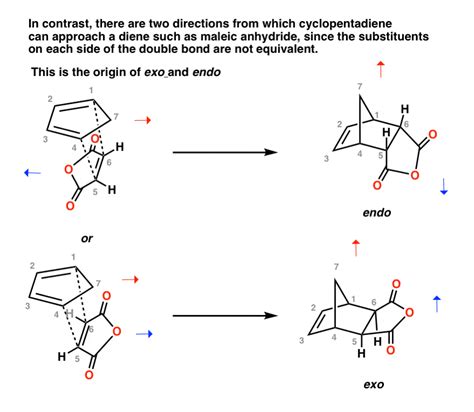Endo Vs Exo

The terms "endo" and "exo" are prefixes that originate from Greek, with "endo" meaning "within" or "inside" and "exo" meaning "outside" or "external." These prefixes are widely used in various scientific fields, including biology, chemistry, and medicine, to describe different phenomena, processes, or structures. Understanding the distinction between "endo" and "exo" is crucial for comprehending complex concepts in these disciplines.
Biological Context: Endo vs Exo

In biology, the terms “endo” and “exo” are used to describe different types of processes or structures. For instance, endocytosis refers to the process by which cells internalize substances from their external environment, bringing them inside the cell. On the other hand, exocytosis is the process of cells releasing substances, such as hormones or neurotransmitters, to the outside environment. This dichotomy highlights the fundamental difference between internalization (endo) and externalization (exo) in cellular biology.
Chemical Reactions: Endo vs Exo
In chemistry, particularly in the study of thermodynamics, “endo” and “exo” are used to describe the direction of heat flow during reactions. An endothermic (endo) reaction is one that absorbs heat from the surroundings to proceed, whereas an exothermic (exo) reaction releases heat to the surroundings. This distinction is vital for understanding the energy dynamics of chemical reactions and their implications for various industrial and biological processes.
| Type of Reaction | Description | Example |
|---|---|---|
| Endothermic | Absorbs heat from surroundings | Melting of ice |
| Exothermic | Releases heat to surroundings | Combustion of gasoline |

Furthermore, in the context of molecular biology, endogenous refers to substances or processes that originate from within an organism, such as endogenous retroviruses, which are remnants of ancient viral infections integrated into the host genome. In contrast, exogenous factors are external to the organism, such as environmental stressors or pathogens.
Medical and Environmental Perspectives

The endo/exo distinction also plays a significant role in medical and environmental sciences. Endocrine disruptors, for instance, are exogenous substances that can interfere with endogenous hormone systems, potentially leading to developmental, reproductive, and immune problems. Understanding the impact of such exogenous factors on endogenous biological processes is critical for assessing environmental health risks and developing strategies for mitigation.
Psychological and Sociological Contexts
Beyond the natural sciences, the concepts of “endo” and “exo” can be metaphorically applied to psychological and sociological contexts. For example, endogenous motivation refers to the intrinsic drive to perform a task, whereas exogenous motivation is driven by external factors, such as rewards or social pressure. Similarly, in sociology, endogamy refers to the practice of marrying within one’s own social group, contrasting with exogamy, which involves marrying outside of it.
Key Points
- The prefixes "endo" and "exo" are used across various scientific disciplines to denote processes or structures that are internal or external, respectively.
- In biology, endocytosis and exocytosis are critical cellular processes involving the internalization and externalization of substances.
- Chemically, endothermic and exothermic reactions are distinguished by their absorption or release of heat.
- Medical and environmental sciences also utilize the endo/exo distinction, particularly in the study of endogenous and exogenous factors influencing health and ecosystems.
- Psychological and sociological applications of "endo" and "exo" include motivations, marital practices, and social group dynamics.
In conclusion, the distinction between "endo" and "exo" serves as a foundational concept across multiple disciplines, facilitating the understanding of complex phenomena and processes. By recognizing the internal (endo) versus external (exo) nature of various biological, chemical, medical, and sociological phenomena, researchers and practitioners can better analyze, predict, and manage a wide range of systems and processes.
What is the primary difference between endocytosis and exocytosis?
+Endocytosis is the process by which cells internalize substances from their external environment, whereas exocytosis involves the release of substances from the cell to the outside environment.
Can you provide an example of an endothermic reaction?
+The melting of ice is an endothermic process because it absorbs heat from the surroundings to change from solid to liquid state.
How do endogenous and exogenous factors differ in the context of environmental health?
+Endogenous factors originate from within an organism and include genetic and hormonal influences, whereas exogenous factors are external and can include environmental pollutants, diet, and lifestyle choices that impact health.



